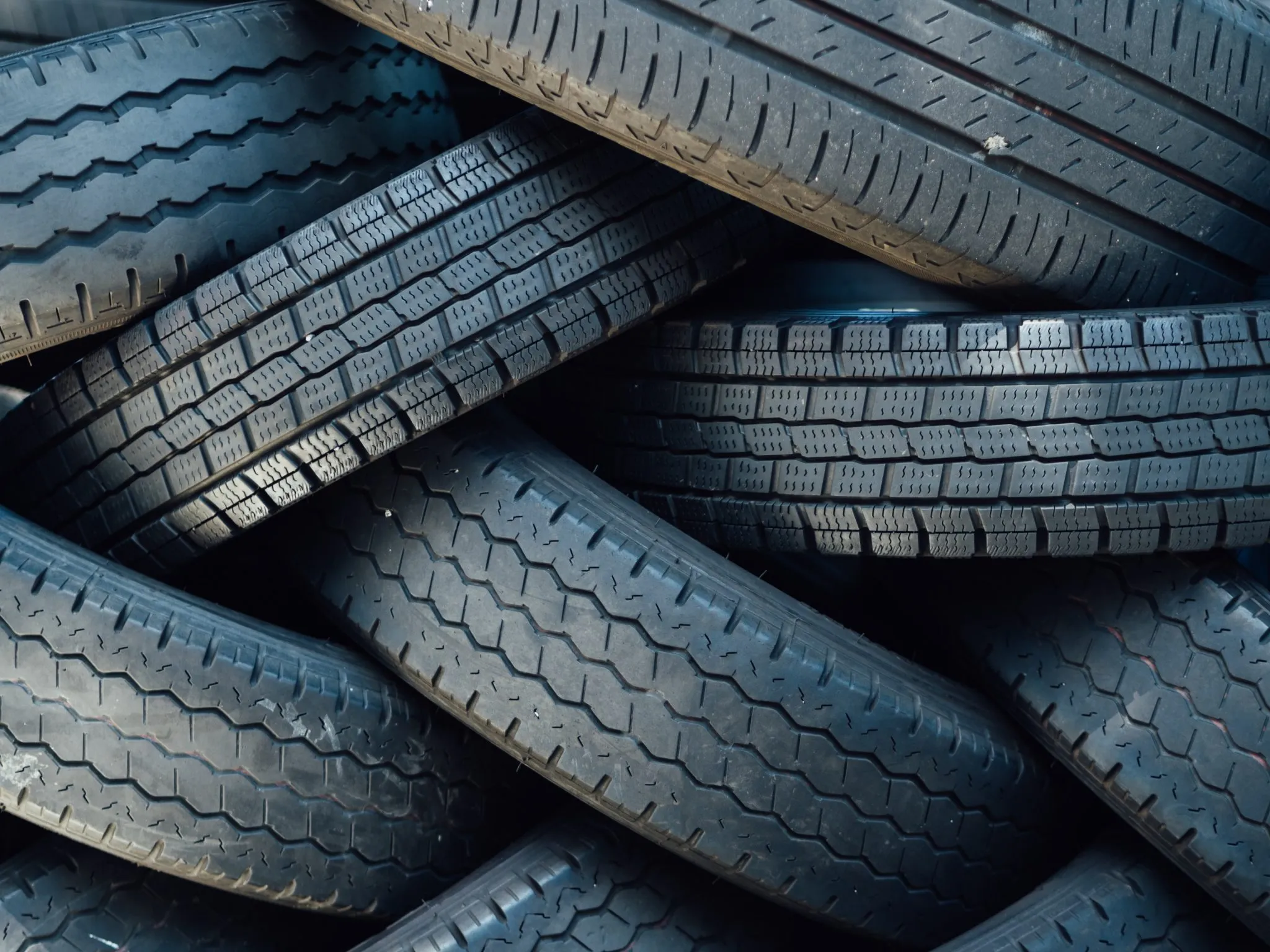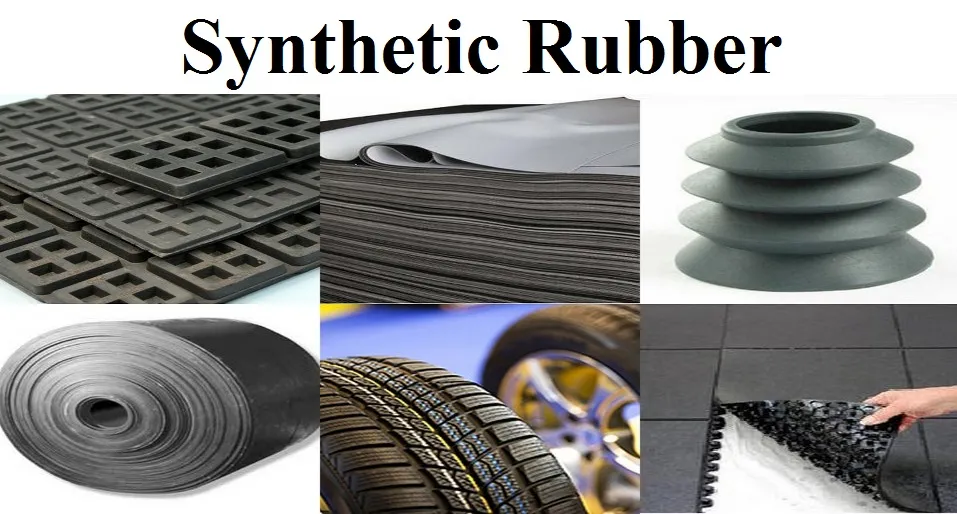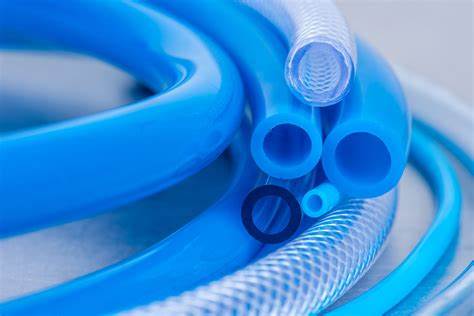Product
Synthetic Rubber
Introduction
Synthetic rubber is a versatile and widely used material, chemically engineered to mimic the properties of natural rubber. It is a polymer composed of repeating hydrocarbon units, typically derived from petroleum feedstocks. These polymers are designed to provide elasticity, flexibility, and durability, making synthetic rubber an essential component in various industrial applications.
-
Preparation using traditional method
Traditionally, synthetic rubber is prepared using the emulsion polymerization process, where monomers such as styrene and butadiene are mixed with a soap-like surfactant to create a stable emulsion. This emulsion is then subjected to a free-radical polymerization process, often initiated by heat or chemicals, resulting in the formation of a latex-like rubber compound.
-
Reaction
The reaction in traditional synthetic rubber preparation involves the breaking of double bonds in the monomers (e.g., butadiene) and the creation of long, flexible polymer chains. These chains link together to form a cross-linked network, giving the rubber its desired properties of elasticity and strength.
-
Disadvantages of traditional method
The traditional methods for synthetic rubber production often require the use of hazardous chemicals, large amounts of water, and significant energy input. These processes can lead to environmental pollution and are not sustainable in the long term. Additionally, the byproducts generated during these processes can be harmful to the environment.
-
Preparation using Green method
Green methods for synthetic rubber preparation aim to address the environmental concerns associated with traditional methods. They often involve the use of renewable feedstocks, environmentally friendly catalysts, and energy-efficient processes, such as enzymatic polymerization or the use of ionic liquids.
-
Reaction
In green synthetic rubber preparation, the reaction often employs biodegradable or non-toxic catalysts to polymerize the monomers. This reduces the environmental impact of the production process while maintaining the desired rubber properties. Sustainable feedstocks, like bio-based materials, can also be used to decrease reliance on fossil fuels.
-
Advantages of Green method
The advantages of green synthetic rubber preparation include a reduced environmental footprint, decreased reliance on non-renewable resources, and lower emissions of harmful byproducts. These methods are more sustainable and align with the principles of green chemistry, making them a preferable choice for a more eco-conscious future.
-
Applications
Synthetic rubber, produced through both traditional and green methods, finds applications in a wide range of industries. It is used in tire manufacturing, automotive components, footwear, industrial seals, and various consumer products. The versatility of synthetic rubber allows it to meet the demanding requirements of different applications, contributing to the global economy and the advancement of technology.


